 Abraham Lincoln
If given the truth, the people can be depended upon to meet any national crisis...
Abraham Lincoln
If given the truth, the people can be depended upon to meet any national crisis...
 Guildford news...
for Guildford people, brought to you by Guildford reporters - Guildford's own news service
Guildford news...
for Guildford people, brought to you by Guildford reporters - Guildford's own news service
Birdwatcher’s Diary No.215
Published on: 6 Sep, 2020
Updated on: 6 Sep, 2020
By Malcolm Fincham
By August 16 the heatwave had passed and average temperatures had made a return. The tide of summer was turning and birds from their northerly were now making a return. Their breeding season now over, a good number were being reported stopping off in the Surrey Hills while on their migration back Africa.
At Lydling Farm, Shacklford, as well as many other parts of the Surrey countryside, whinchats were being reported. Surprisingly it was to be my first sighting of one this year. I had missed out on seeing one on their arrival in the spring.
Adding to the day’s sightings there, were four wheatears in close proximity of each other, perched in a line along the fence posts.
A number of resident birds were also present and unable to escape my camera lens.
These included a small flock of linnets squabbling with each other, among some brambles.
Across one of the fields a raven briefly came into view before disappearing out of sight over the hedgerow.
Drifting overhead was a red kite.
While flashing past me, flying low across the field, I briefly glimpsed a sparrowhawk.
On Crooksbury Common near Farnham that same day a pied flycatcher had been reported once again. It has been seen over several days there, although unfortunately too mobile in my attempts to see it.
Although patience on this occasion had not turned to virtue, I was happy to see and photo several spotted flycatchers that were present in the area previously.
As well as a willow warbler to the day’s sightings. Seen on a fence in the neighbouring horse paddocks.
The most pleasing sighting was of at least a dozen common crossbills. These birds are renown to be a very irruptive species.
They have been reported only rarely in Surrey this year. But had recently arrived in good numbers, feeding in groups on pine cones that is their main diet.
At last, they could be be added to my “year sightings list”. My only regret was being such a dull and overcast day, my photos hadn’t turned out as well as I had hoped.
Moving on to Tice’s Meadow, just the other side of the Hog’s Back, near Tongham, water levels had at long-last receded enough to enter the hide by the water’s edge. This in spite of recent heavy rainfall.
Among the group of gulls there was an adult yellow-legged gull. These birds are mostly seen around the Mediterranean.
A northward spread and an increased awareness among British birdwatchers of how to identify yellow-legged gulls, means they are now a regular sight in many parts of southern Britain.
They have only recently been recognised as a distinct species, previously considered a sub-species of the herring gull or Caspian gull.
DNA tests have shown that it is in fact more closely related to the great black-backed gull. I still struggle to get impressed with the larus complex of gulls, this one being Larus michahellis.
Although too distant to be photographed, ringed plovers, greenshank, little ringed plovers, redshank, green sandpipers and common sandpipers could be picked out, with the aid of a “scope”.
A great white egret continued to make occasional visits there, often seen roosting at a nearby fishing lake at Badshott Lea.
Another interesting sighting for several days, and alternating its time between Tice’s and the nearby fishing lake, was a juvenile black tern.
Thistle seed heads, now ripening were attracting the interest of goldfinches.
At the Riverside Nature Reserve, near Burpham, as many as two kingfishers could regularly be viewed from the lakeside.
While grey herons continued to be an every day sighting there.
Canada geese had begun their autumn ritual – gathering increasingly in their numbers on Stoke lake dutduringing late afternoons then taking to the wing in small squadrons. With no concept of true migration, having originally been introduced as an ornamental bird.
A juvenile great crested grebe took to the air on one occasion that I was present, allowing me to take a few “in-flight” shots as it circled the lake, before it resettled on the water.
Still present, I also sighted and photographed a reed warbler in a reedbed by the lake.
Near by on Whitmoor Common, house martins could be seen circling overhead, feeding up on insects, readying themselves for their flights back to Africa.
I was especially honoured on a couple of occasions to capture a few photos of a nightjar. This was in daylight, as it roosted on a fallen tree.
Taking great care not to disturb it as it perched close to one of the many tracks where dog-walkers pass, I took a few photos with my zoom lens, then retreated. To my surprise, when I revisited the area the following afternoon, not only one was still present, but a second one could be seen on a log nearby.
Daring not to cause any disturbance, I was unable to attain whether any young were present nearby. The ones I photographed looked to be two male birds? Not knowing their habits in detail, maybe the females were tucked away on another part of the heathland?
The lovely sight of heather in bloom while visiting Whitmoor also drew me in the direction of Thursley Common on August 26.
Grayling butterflies, as mentioned in my previous report, were still present and allowing me a few photos.
Alongside, small heath butterflies could also be found.
Good sightings of a late summer brood of small copper butterflies also gave photo opportunities.
While red admirals were also still enjoying the strength of the late summer sun.
I much enjoyed the views and the smell of the heathland as I headed toward the Parish Field from its eastern side near the A3.
Overhead a very pale looking common buzzard drifted.
While it was rapidly becoming that time of the year to start looking out for various fungi.
In the warmth of the sun a hornet robber-fly could be seen hunting for prey.
At the Parish Field families of stonechats perched up on stems.
While at least eight woodlarks, feathers blending within their surroundings, scurried among the grass stems looking for food.
At Britten’s Pond off Salt Box Road, Guildford on August 28 a dozen or more swallows could be seen hawking insects over the water.
A kingfisher darted across between them. It was of some surprise when I checked the photos of it that I had inadvertently taken shots at the precise moment it was having a “poop”. “Not many photographers could achieve a shot like that!” I thought. “Or would want too!” was my second thought.
A return to Lydling Farm on August 30, this time with good pal Bob, gave us the opportunity to add another species of bird to this year’s sightings. It was a yellow wagtail.
Having missed seeing one on their passage through to their breeding grounds, it was now making its return and although distant to view, it had stopped off on its long trek back to Africa to feed up on insects among the cattle.
A good number of swallows were also present, hawking the fields.
And a substantial of starlings’ murmuration.
Surprisingly to us, especially being a bank holiday weekend, there was no one flying their model aircrafts that day. This turned out to be to our fortune. As on the short grass of the runways we were able to pick out four wheatears.
Linnets could be seen, already growing in winter flock numbers. While on this occasion a yellowhammer could be viewed, perched some distance away on overhead wires.
Another visit to Crooksbury Common, near Farnham, this time on a day with a little more brightness in the cloud cover than our previous visit. We were fortunate again to pickup on the sound of common crossbills, calling while in flight.
We first counted at least seven as we watched them fly overhead. Following their flight we noted that they had settled not too far away, along the track. They had joined up with another flock to feed on pine cones and were now in excess of a score.
Watching them as they perched up in one of the shorter pines, we noticed a small groups were taking turns to fly down to drink from a small pool, while the rest stayed on lookout from the tree.
Too my delight, I was also able to get photos of them with some colour showing.
A flock of 20 or more siskin also passed overhead.
And a few Dartford warblers could also be viewed.
For me, one of the most abstract of sightings during the past few weeks of varied weather conditions was a photo taken by my good friend Bob, in Wood Street Street.
Having already seen peregrine, wheatear and red kites on his bungalow roof in recent years, after some heavy rainfall on August 23, he photographed a sparrowhawk drying its wings.
Responses to Birdwatcher’s Diary No.215
Leave a Comment Cancel replyPlease see our comments policy. All comments are moderated and may take time to appear.

"Found any?" - "Nope, it all looks green to me!" (See Opinion: The Future is Congested, the Future is Grey)
www.abbotshospital.org/news/">





Recent Articles
- Latest Evidence in Sara Sharif Trial
- Ash’s New Road Bridge Is Named – and November 23rd Is Opening Day
- Class A in Underwear Leads to Jail Sentence
- Historical Almshouse Charity Celebrates Guildford in Bloom Victory
- Notice: Shalford Renewable Showcase – November 16
- Firework Fiesta: Guildford Lions Club Announces Extra Attractions
- Come and Meet the Flower Fairies at Watts Gallery
- Updated: Royal Mail Public Counter in Woodbridge Meadows to Close, Says Staff Member
- Letter: New Developments Should Benefit Local People
- Open Letter to Jeremy Hunt, MP: Ash’s Healthcare Concerns


Recent Comments
- Paul Spooner on Ash’s New Road Bridge Is Named – and November 23rd Is Opening Day
- Harry Eve on Opinion: The Future is Congested, the Future is Grey
- Nigel Keane on Letter: New Developments Should Benefit Local People
- Nathan Cassidy on Updated: Royal Mail Public Counter in Woodbridge Meadows to Close, Says Staff Member
- T Saunders on Opinion: The Future is Congested, the Future is Grey
- Jim Allen on Updated: Royal Mail Public Counter in Woodbridge Meadows to Close, Says Staff Member
Search in Site
Media Gallery
Dragon Interview: Local Artist Leaves Her Mark At One of England’s Most Historic Buildings
January 21, 2023 / No Comment / Read MoreDragon Interview: Lib Dem Planning Chair: ‘Current Policy Doesn’t Work for Local People’
January 19, 2023 / No Comment / Read MoreA3 Tunnel in Guildford ‘Necessary’ for New Homes, Says Guildford’s MP
January 10, 2023 / No Comment / Read More‘Madness’ for London Road Scheme to Go Ahead Against ‘Huge Opposition’, Says SCC Leader
January 6, 2023 / No Comment / Read MoreCouncillor’s Son Starts Campaign for More Consultation on North Street Plan
December 30, 2022 / No Comment / Read MoreCounty Council Climbs Down Over London Road Works – Further ‘Engagement’ Period Announced
December 14, 2022 / No Comment / Read MoreDragon Interview: GBC Reaction to the Government’s Expected Decision to Relax Housing Targets
December 7, 2022 / No Comment / Read MoreHow Can Our Town Centre Businesses Recover? Watch the Shop Front Debate
May 18, 2020 / No Comment / Read More



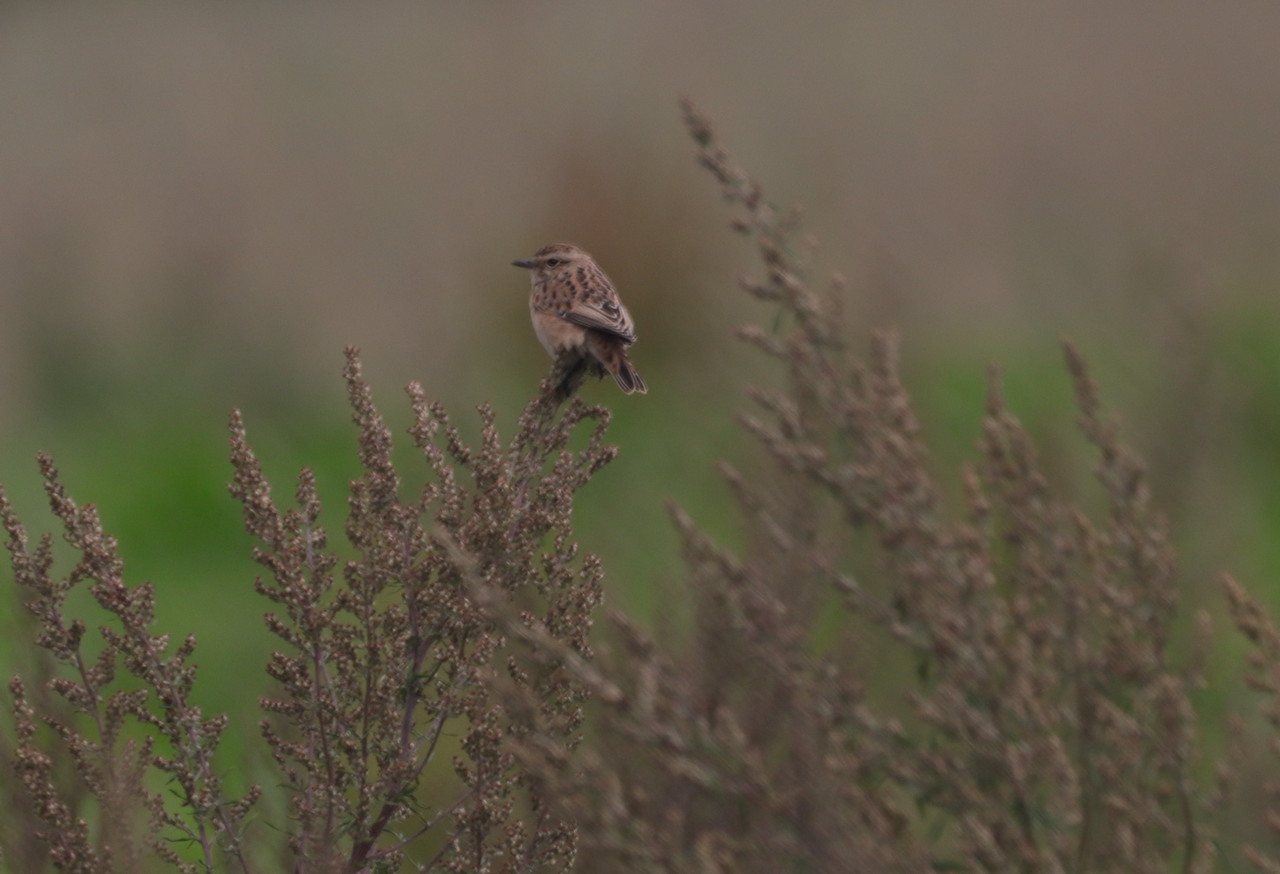
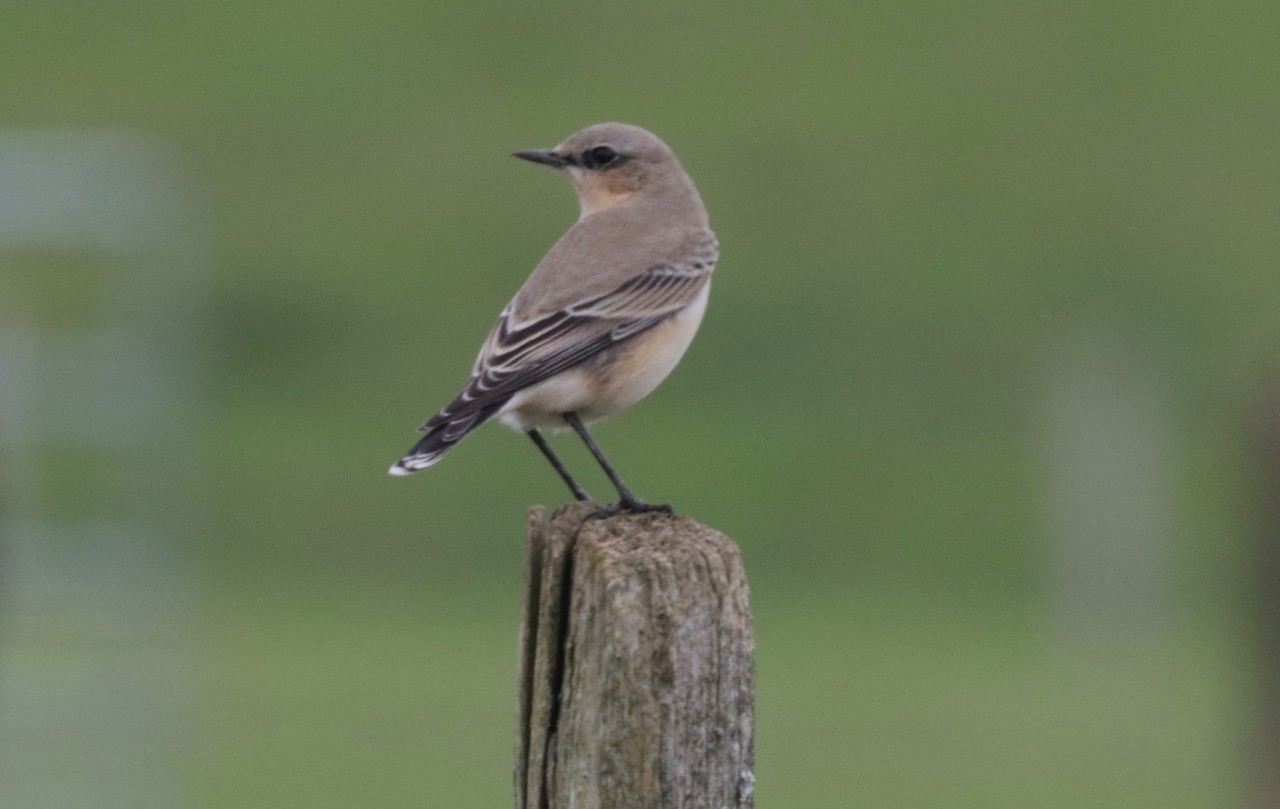

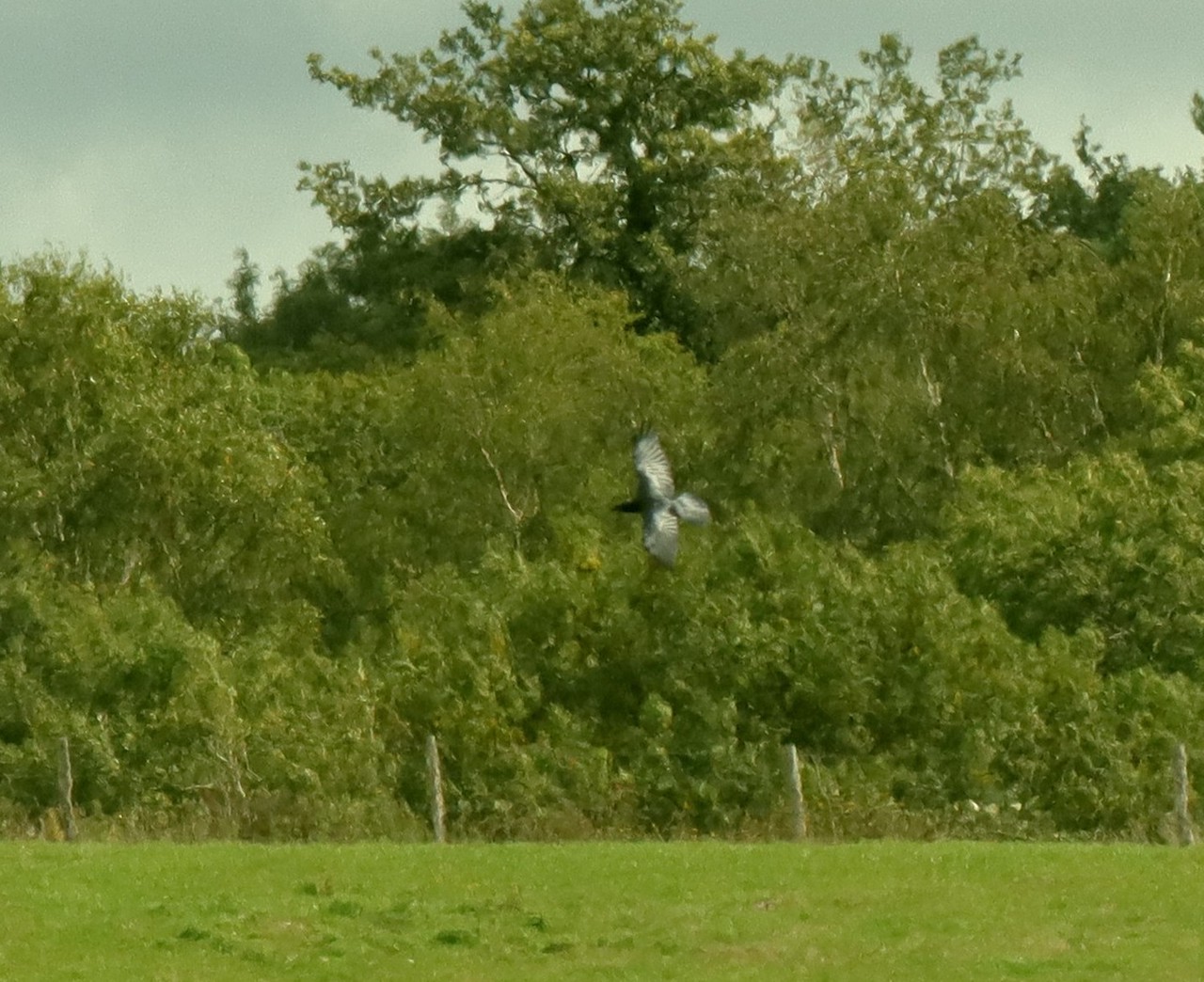
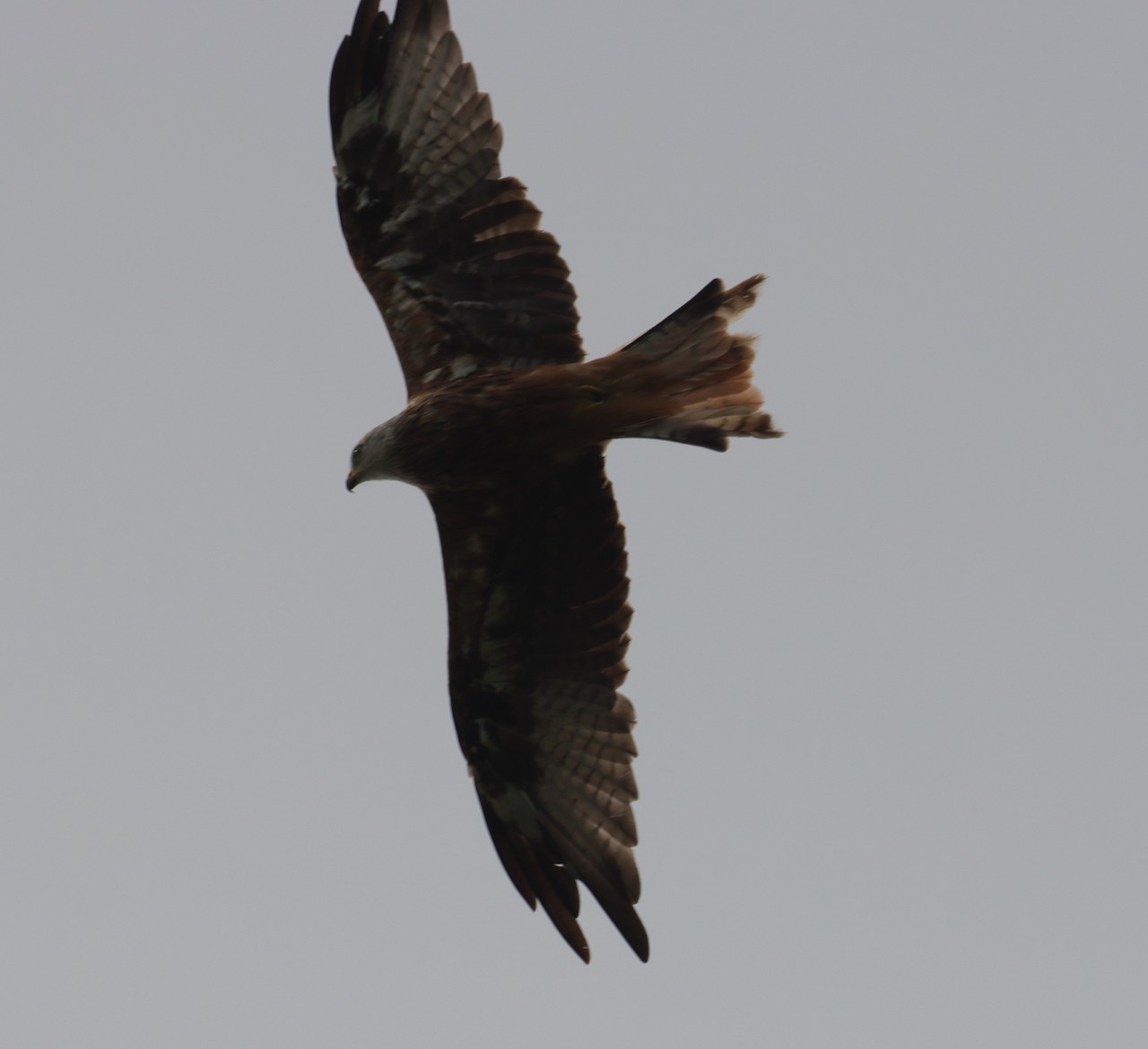
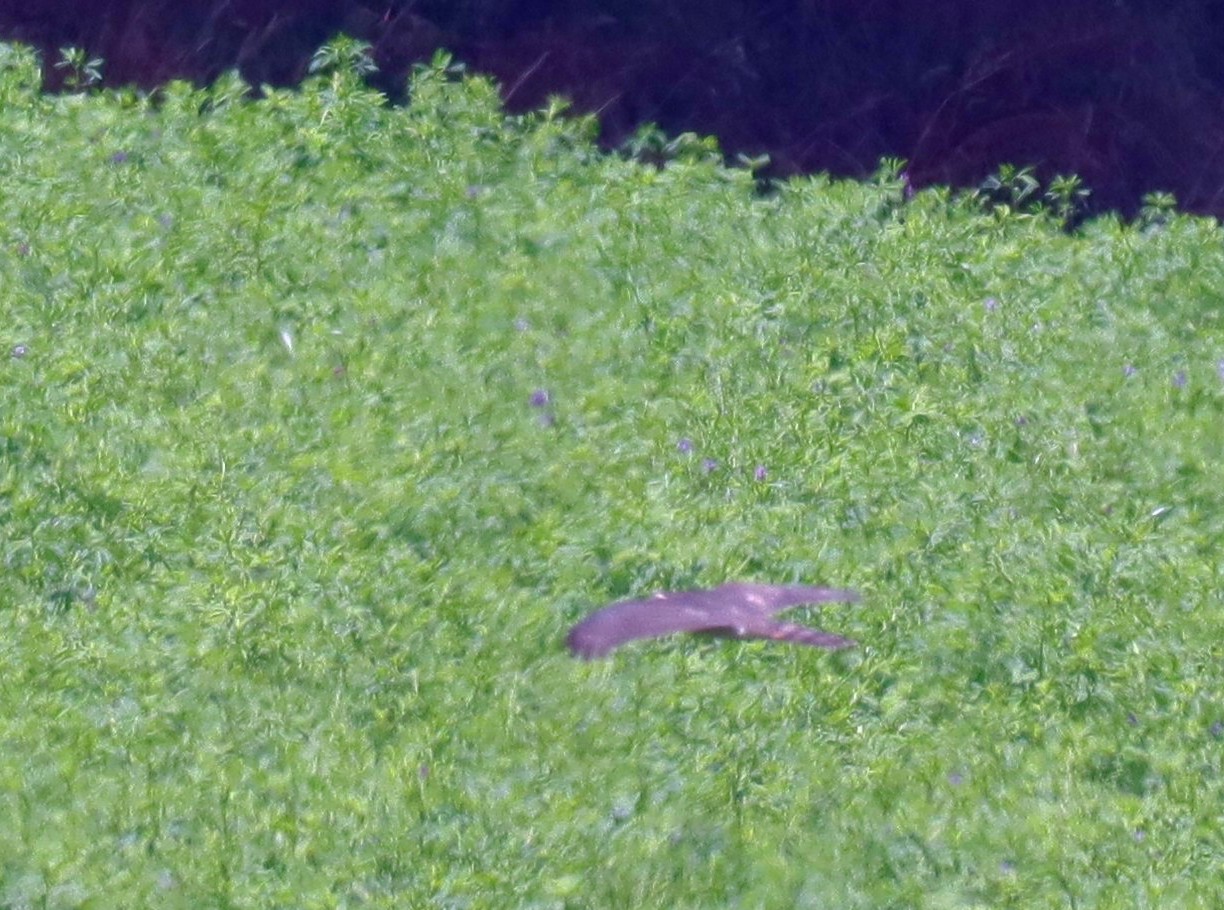




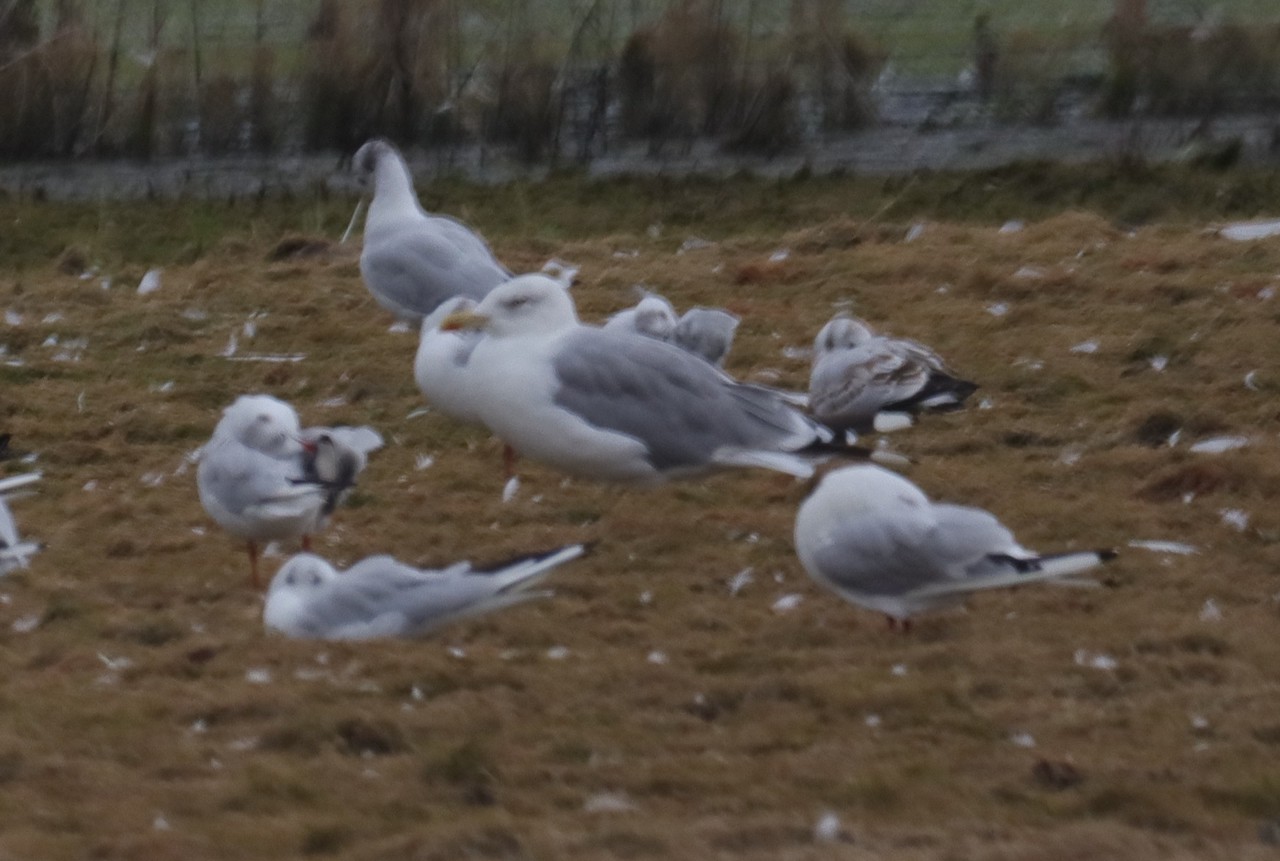

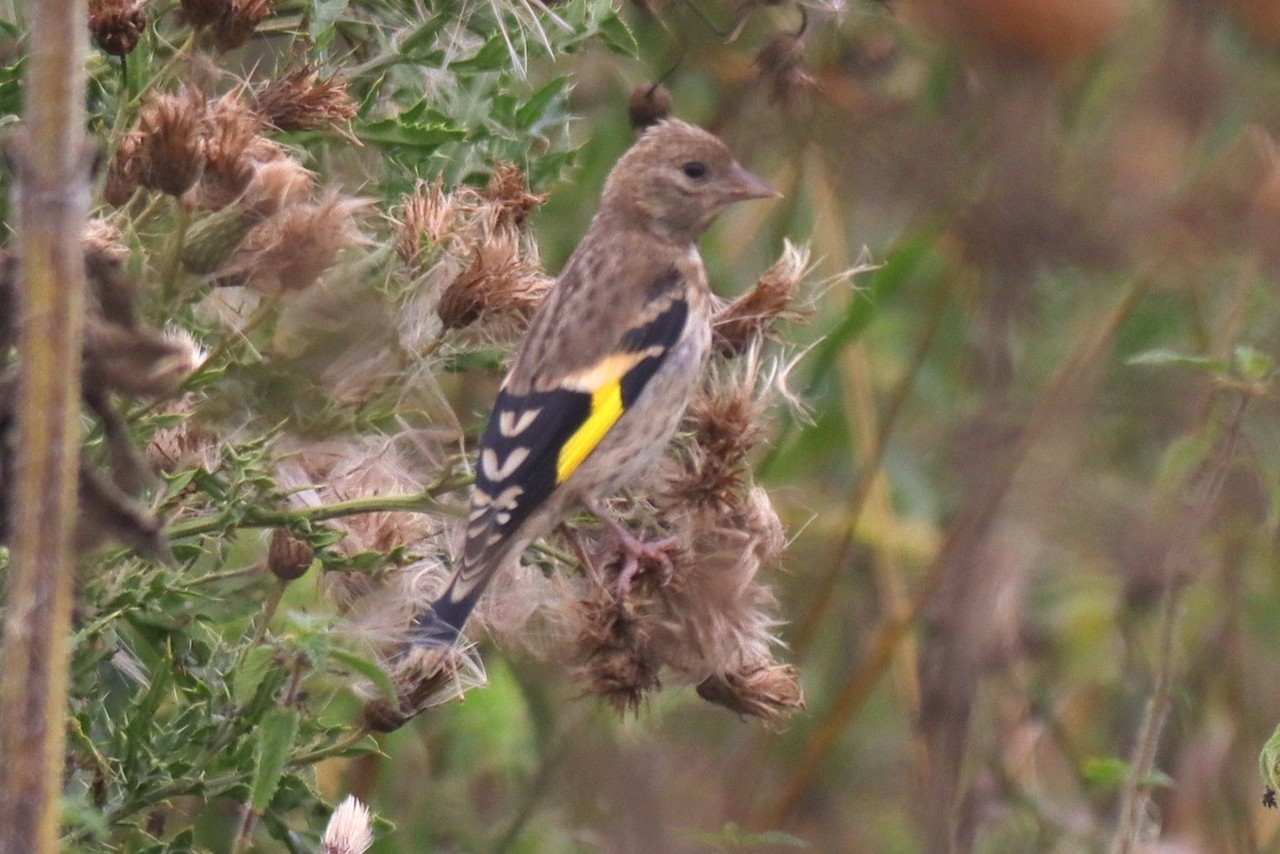


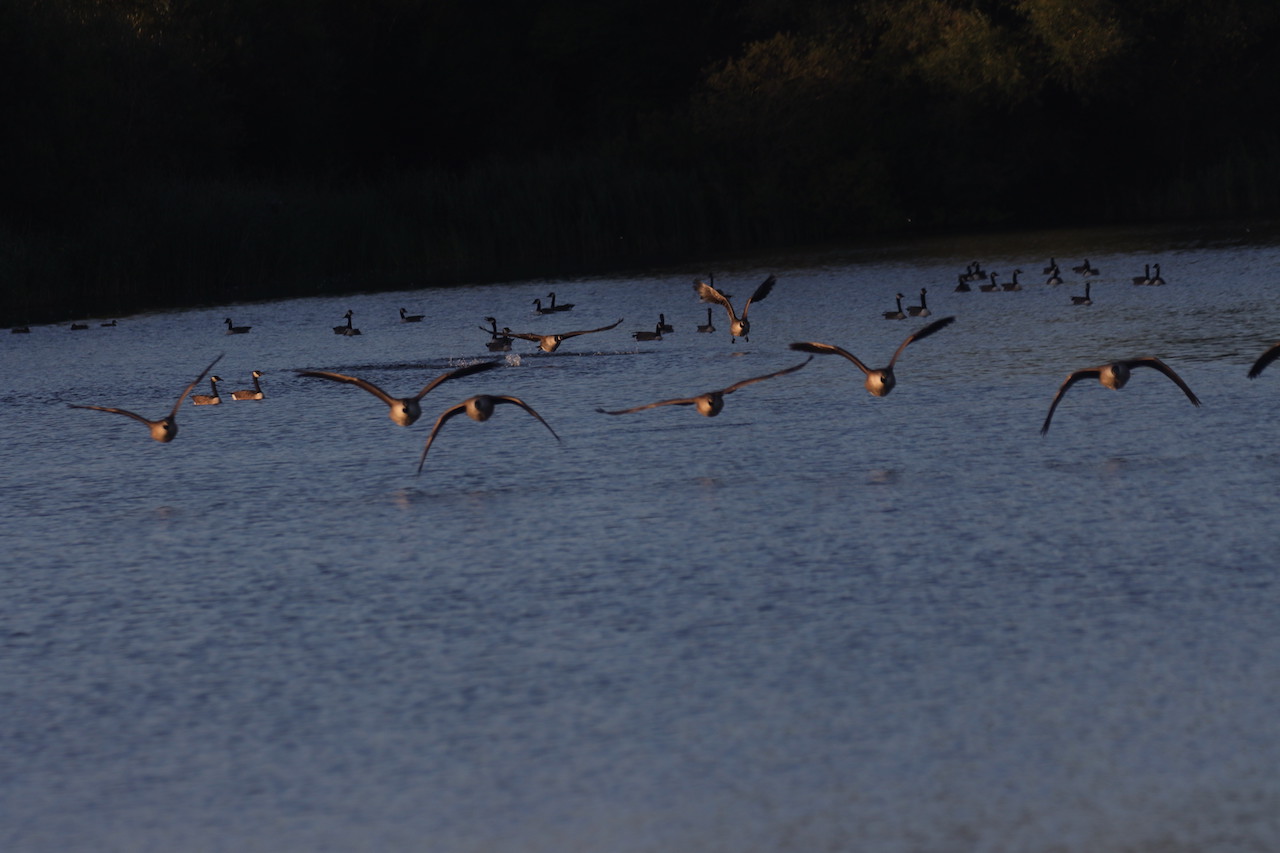
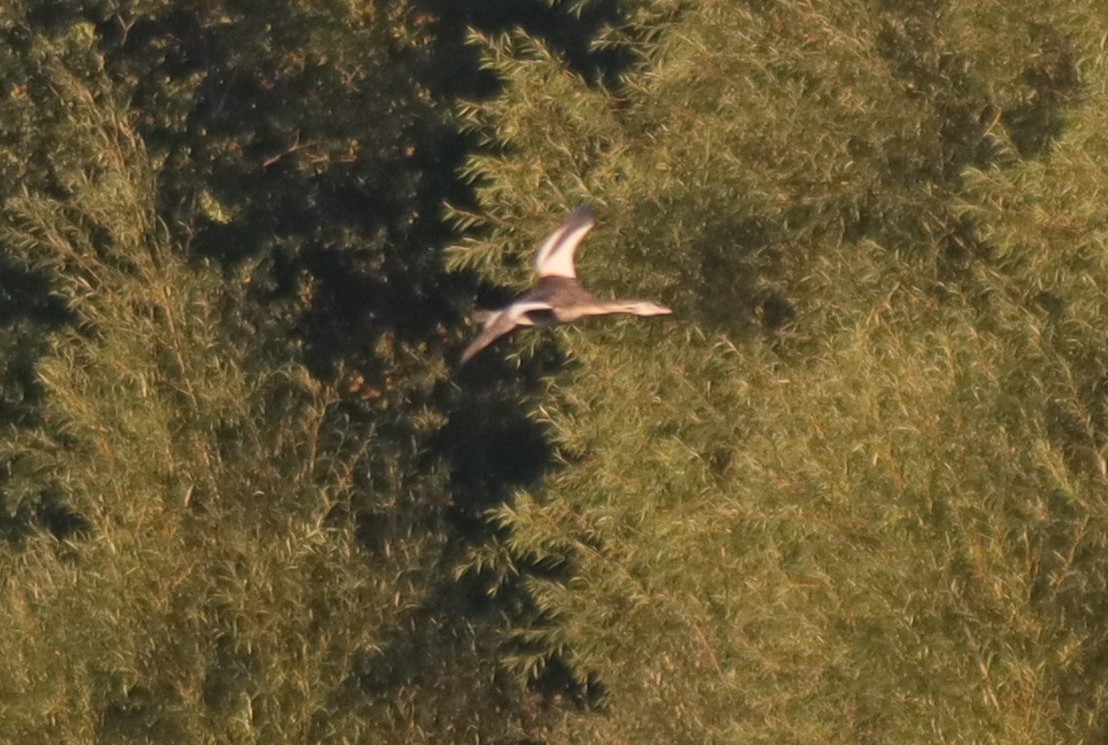
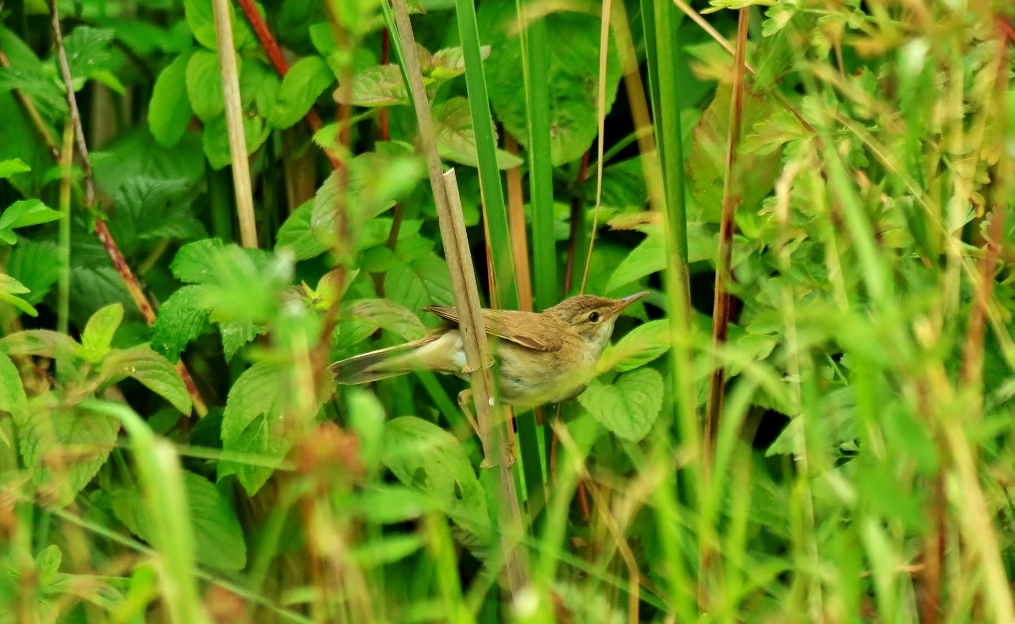
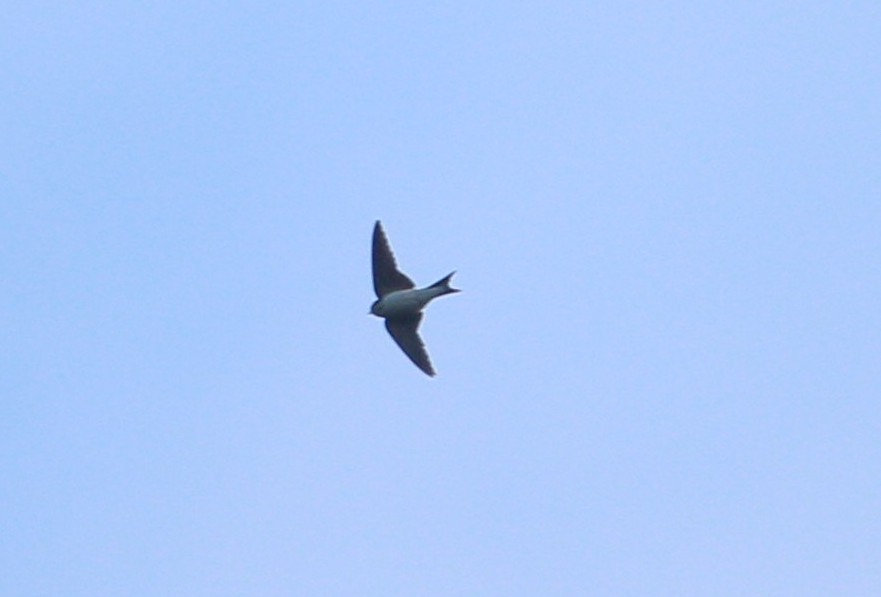
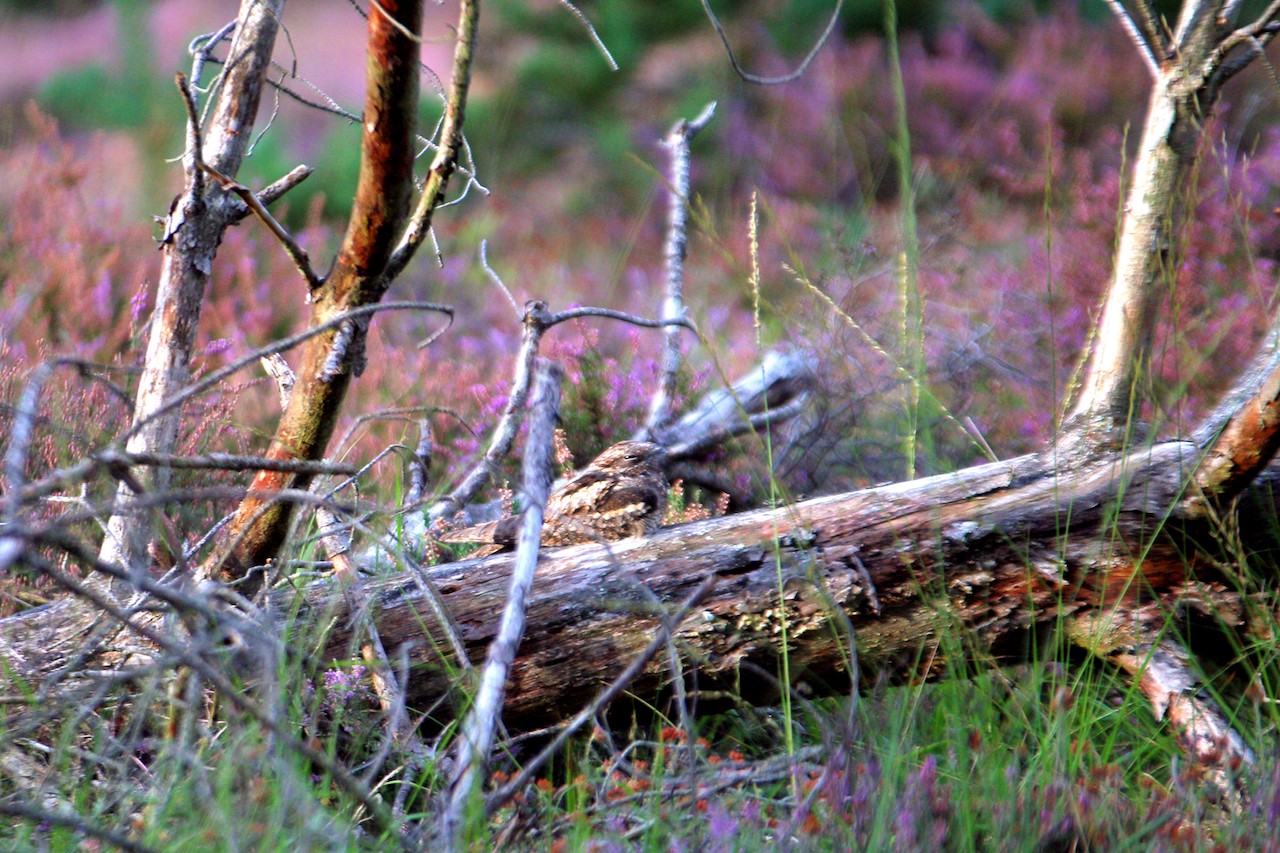


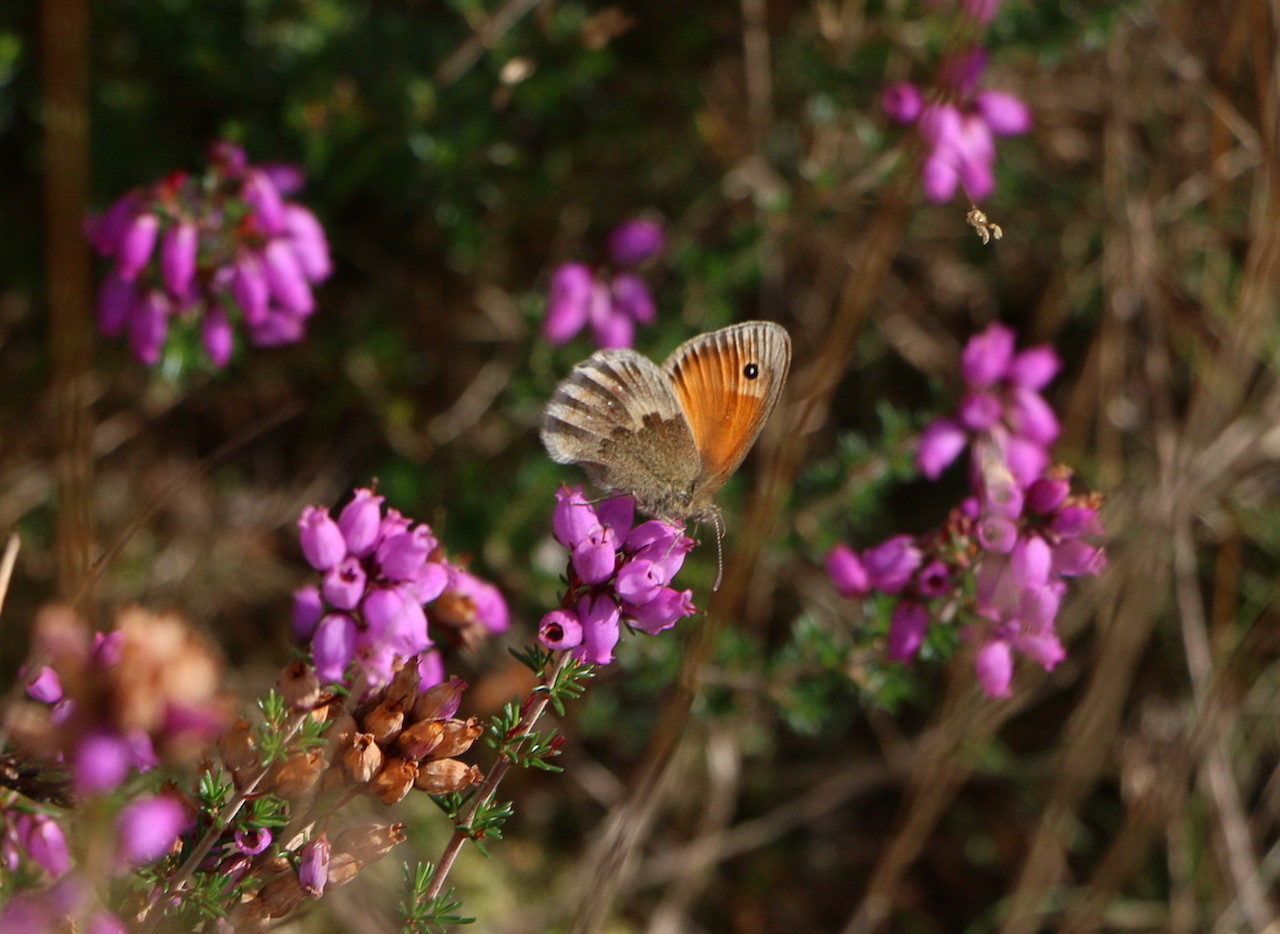
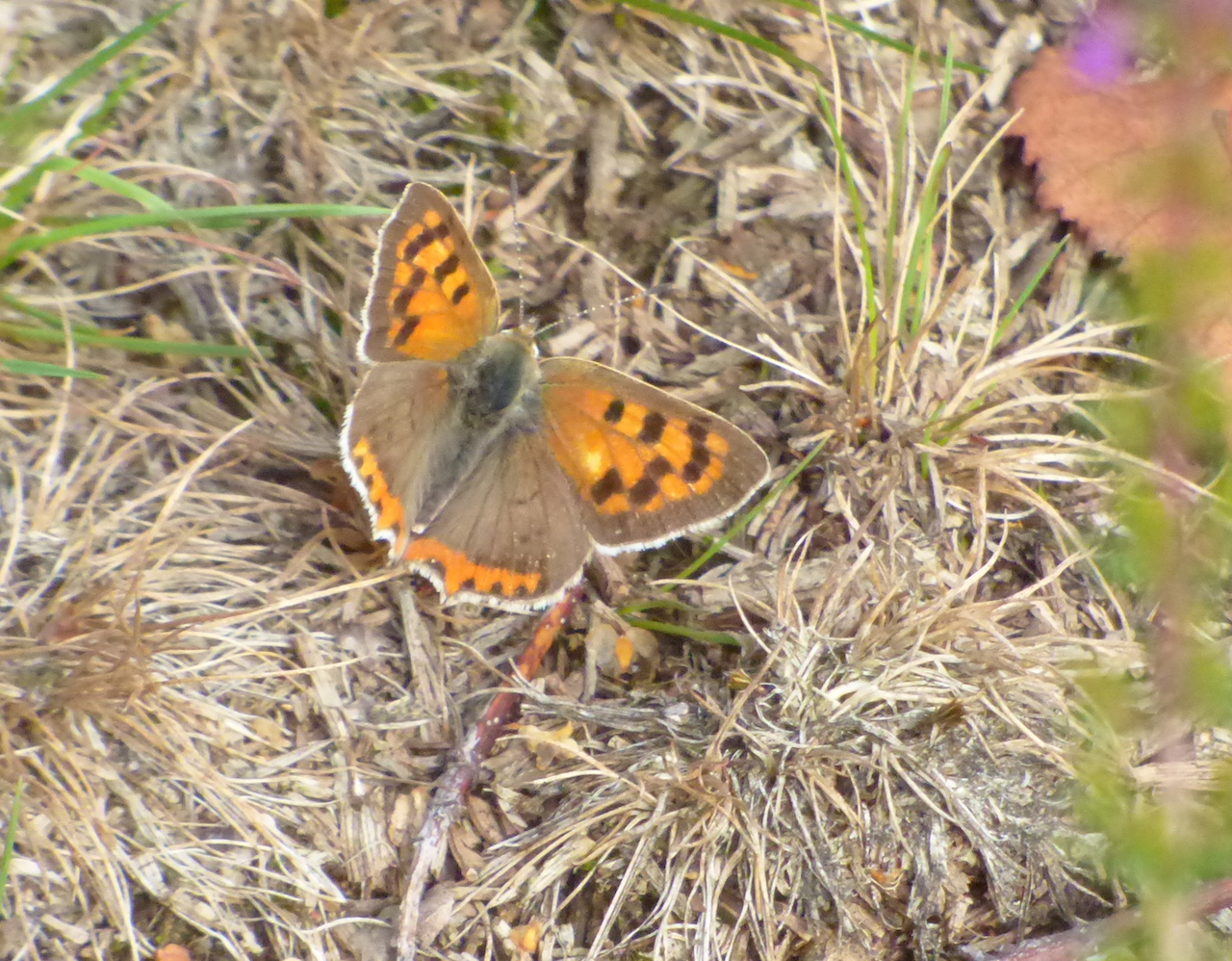
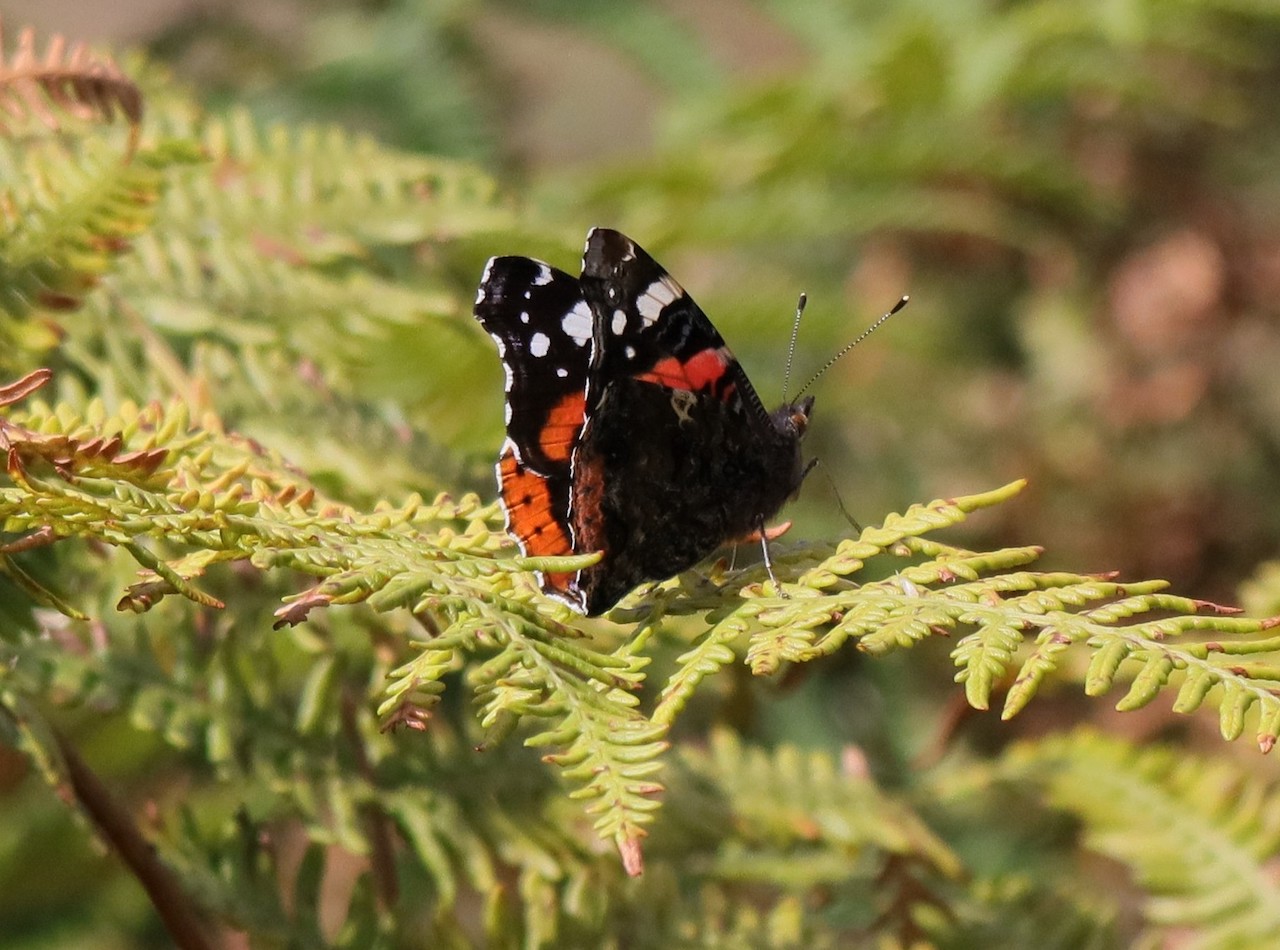
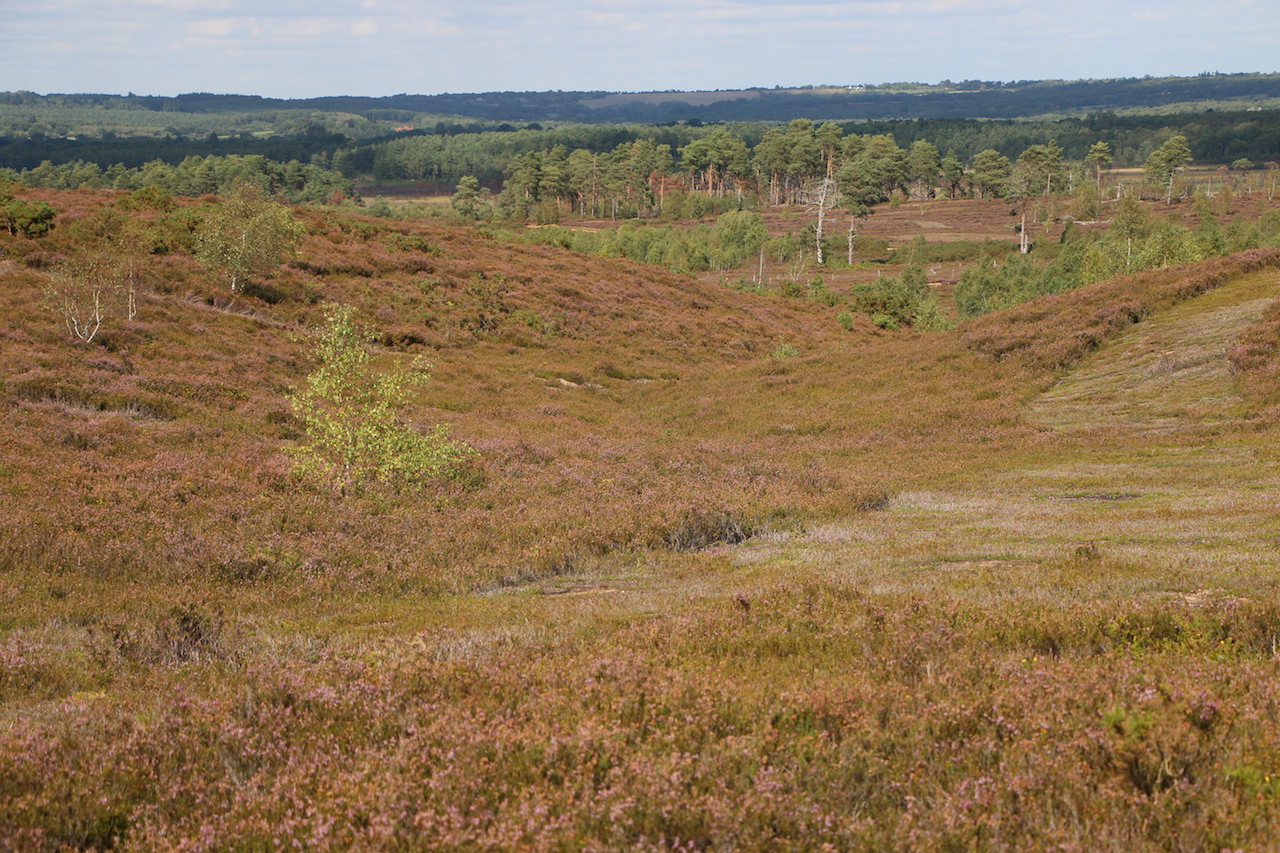

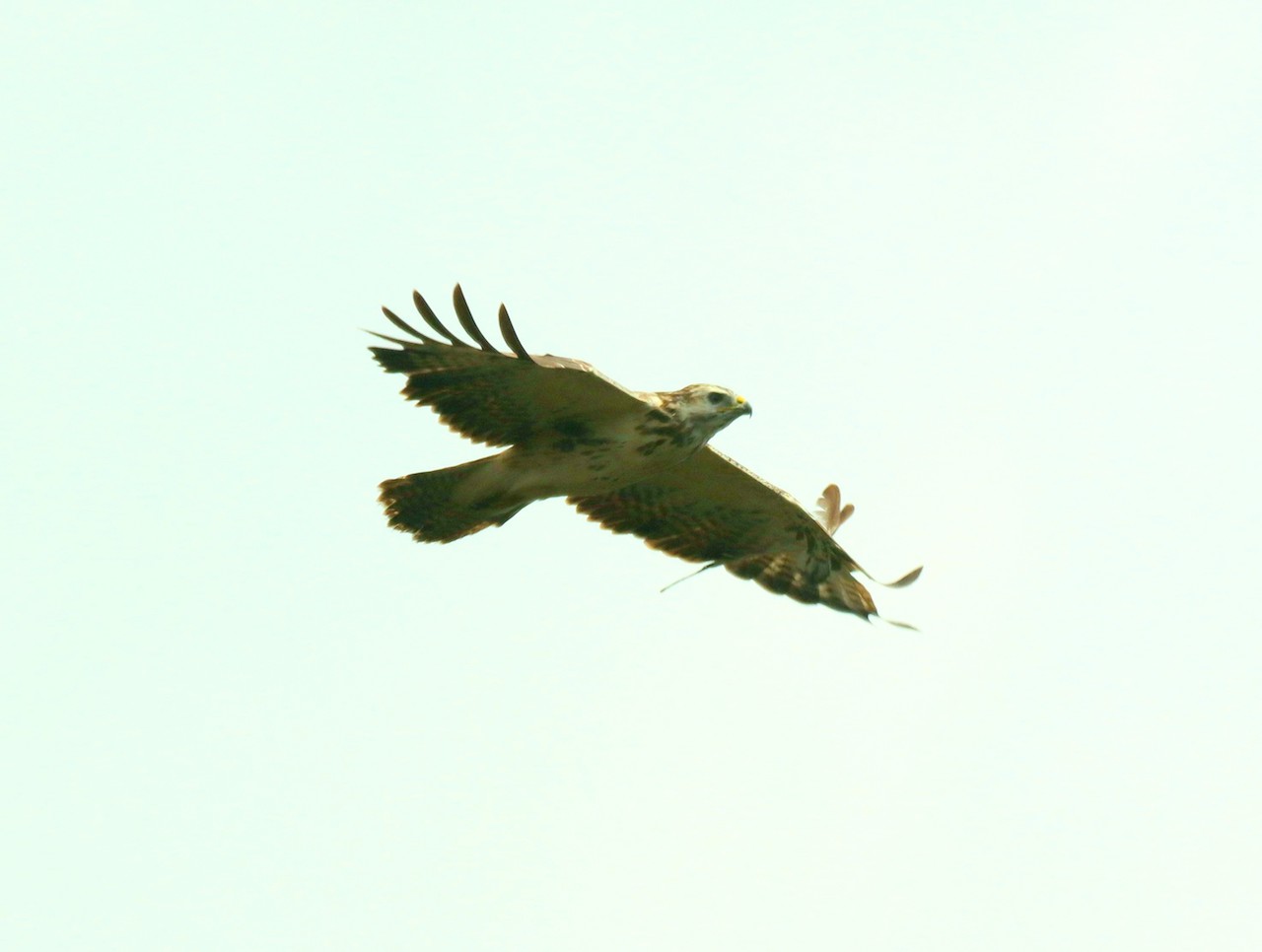
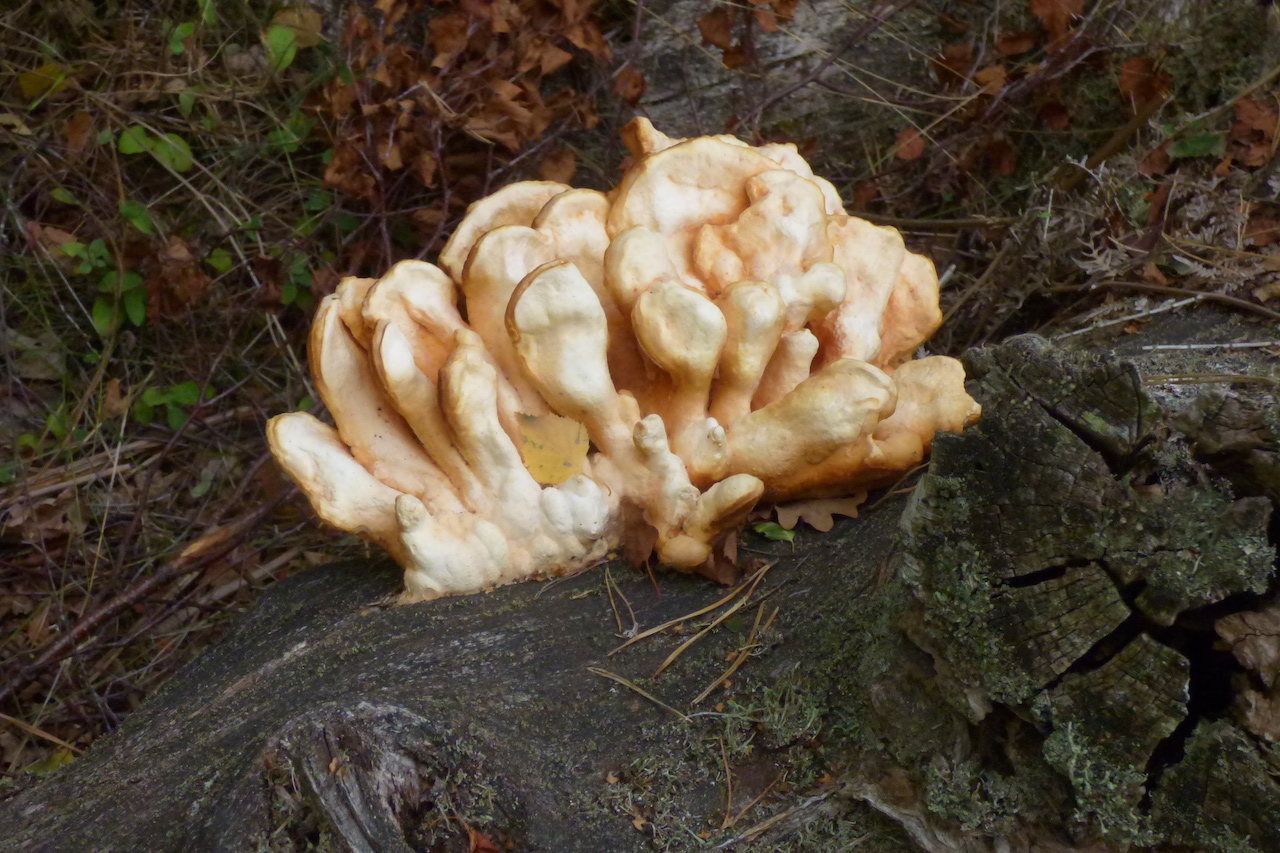


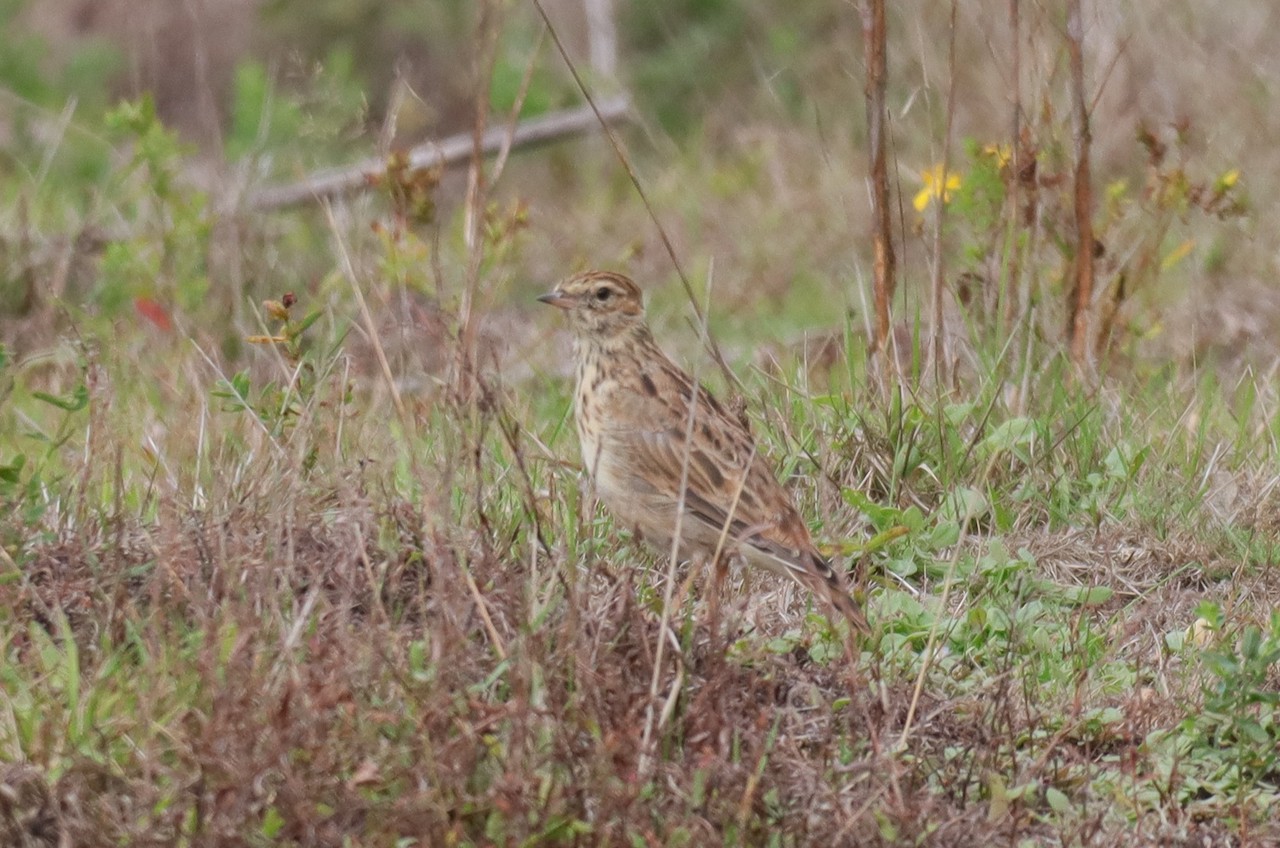

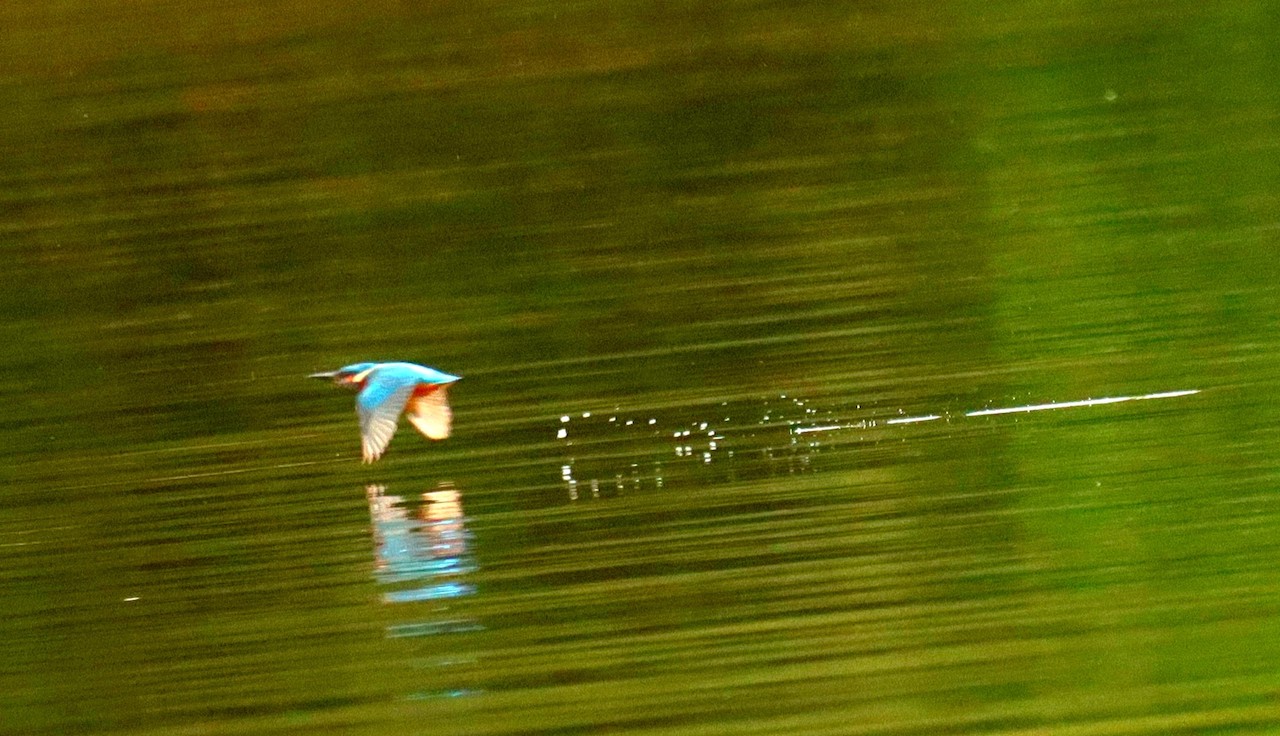
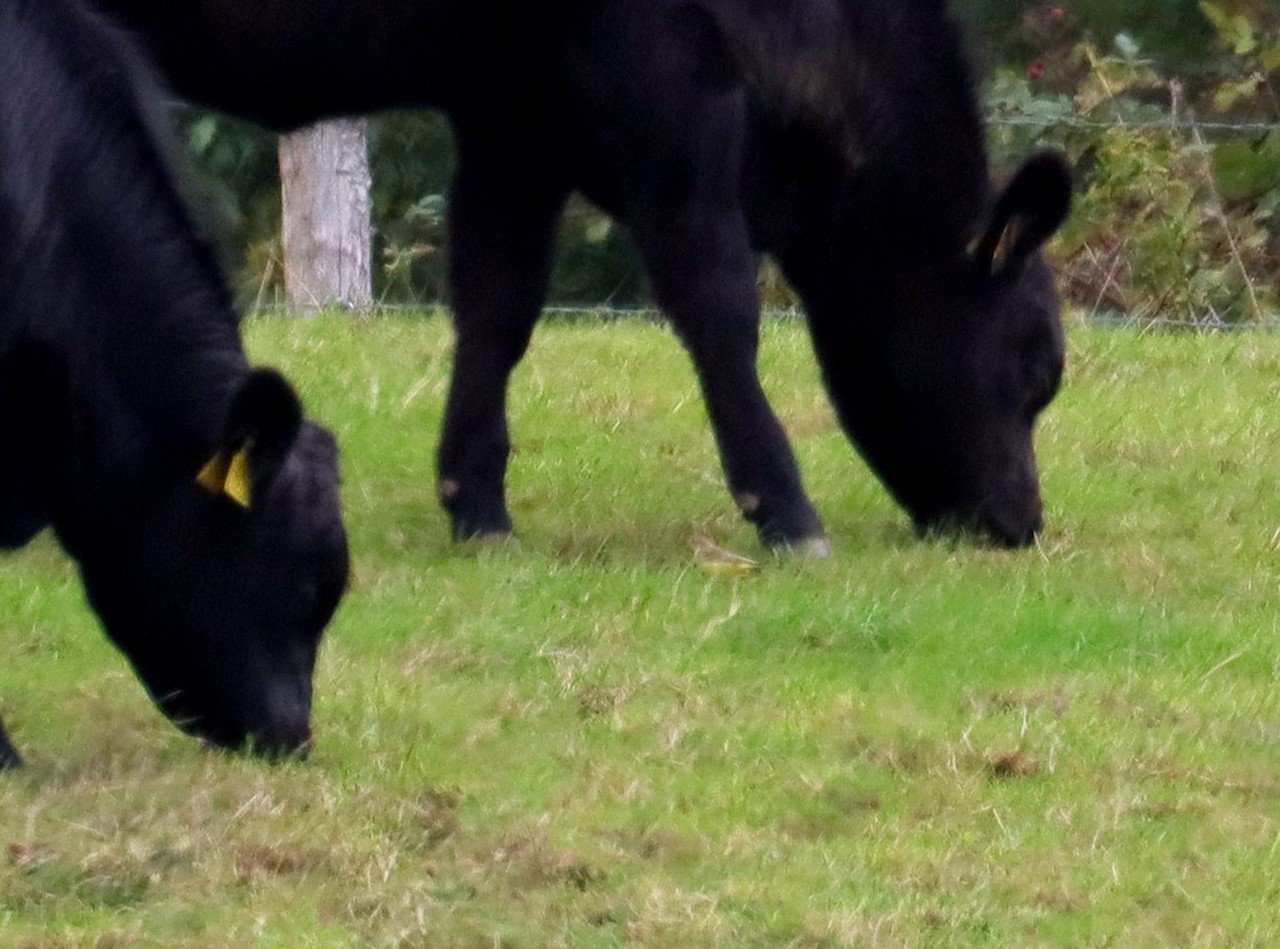
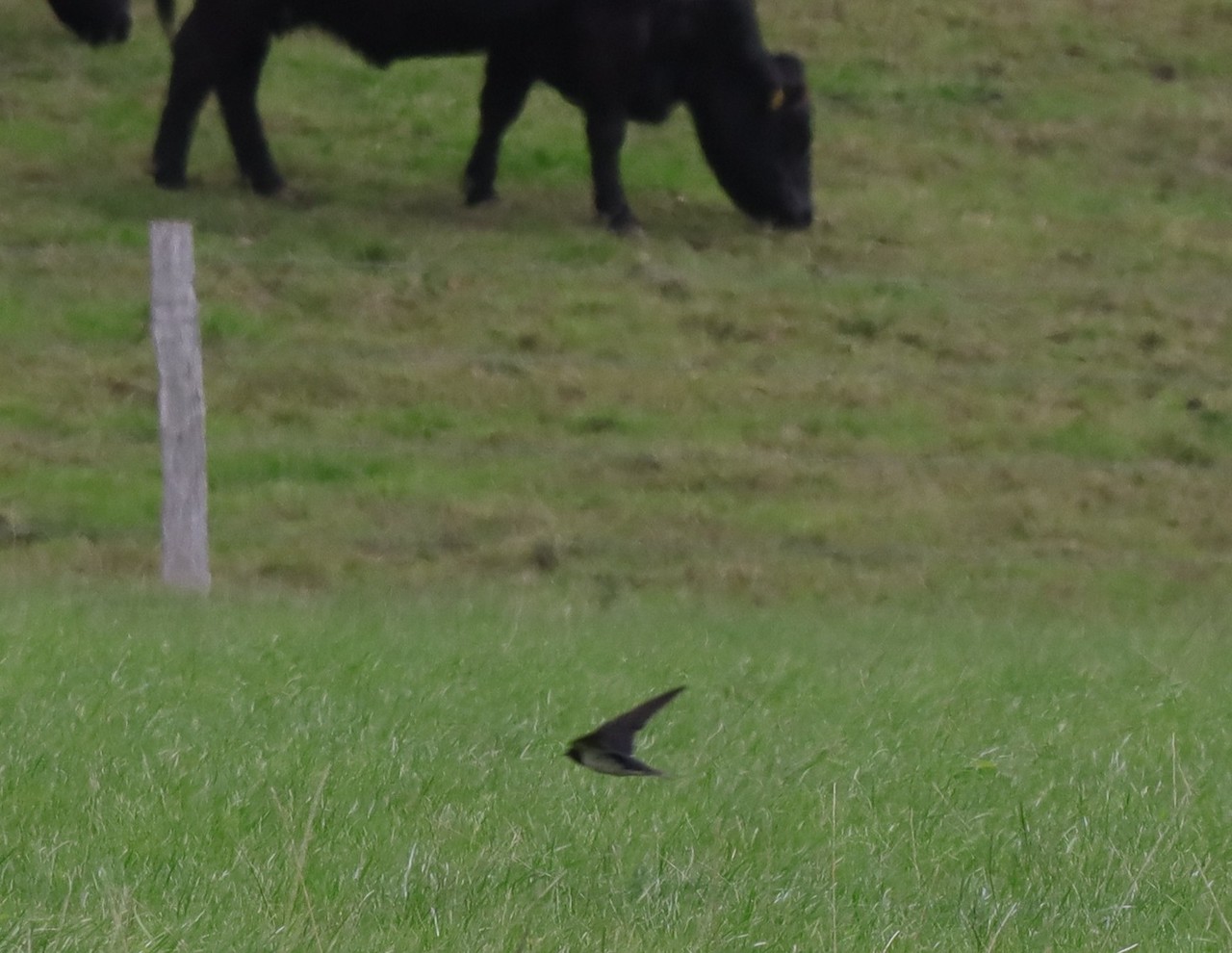

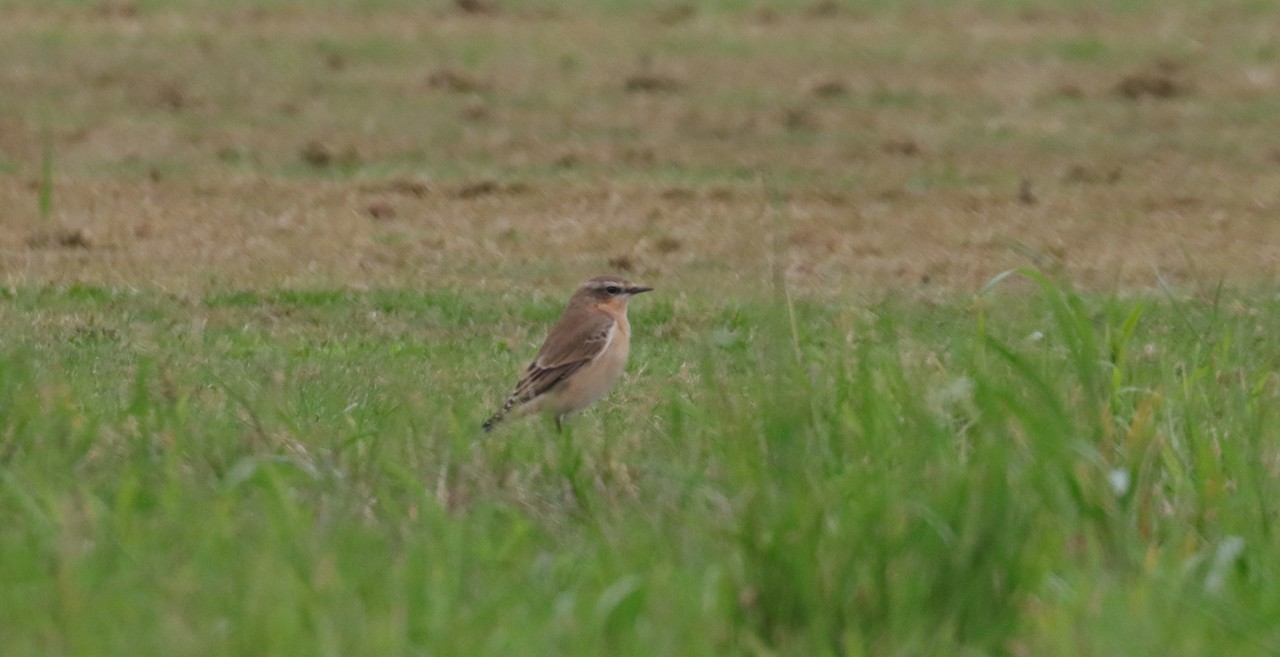
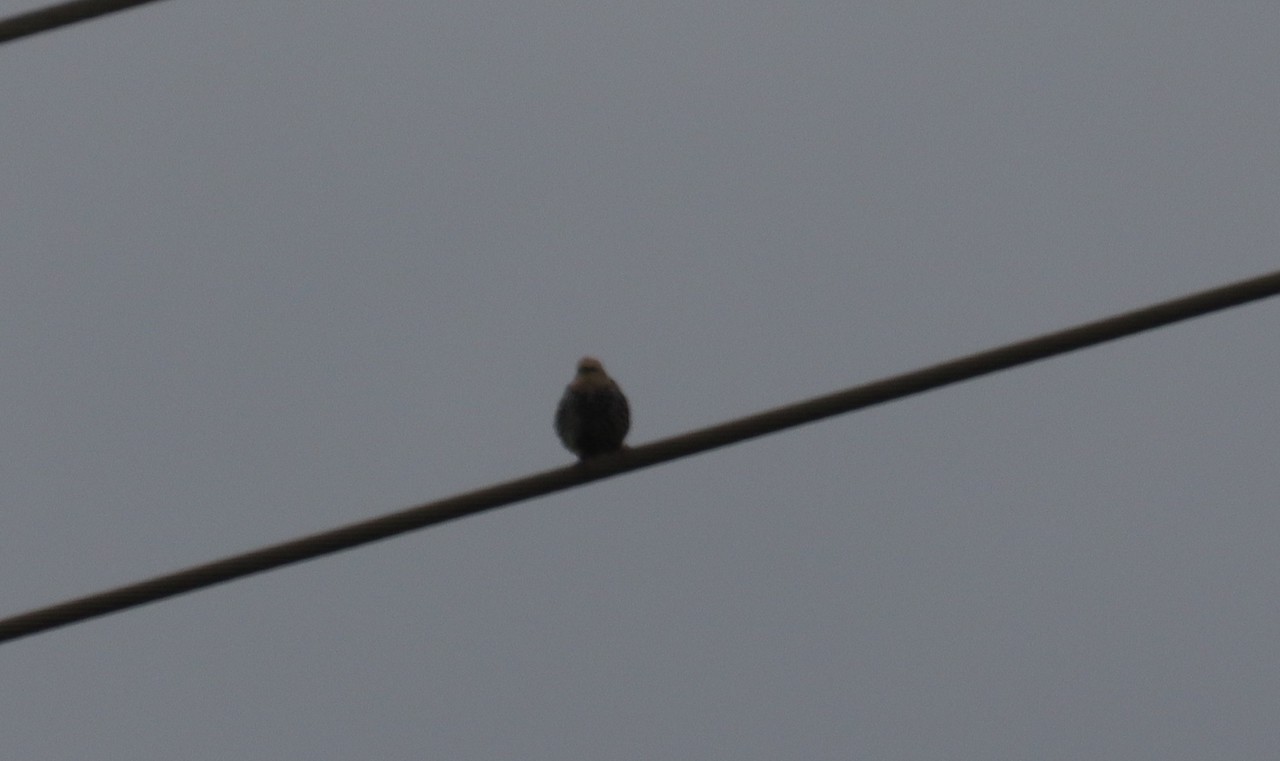
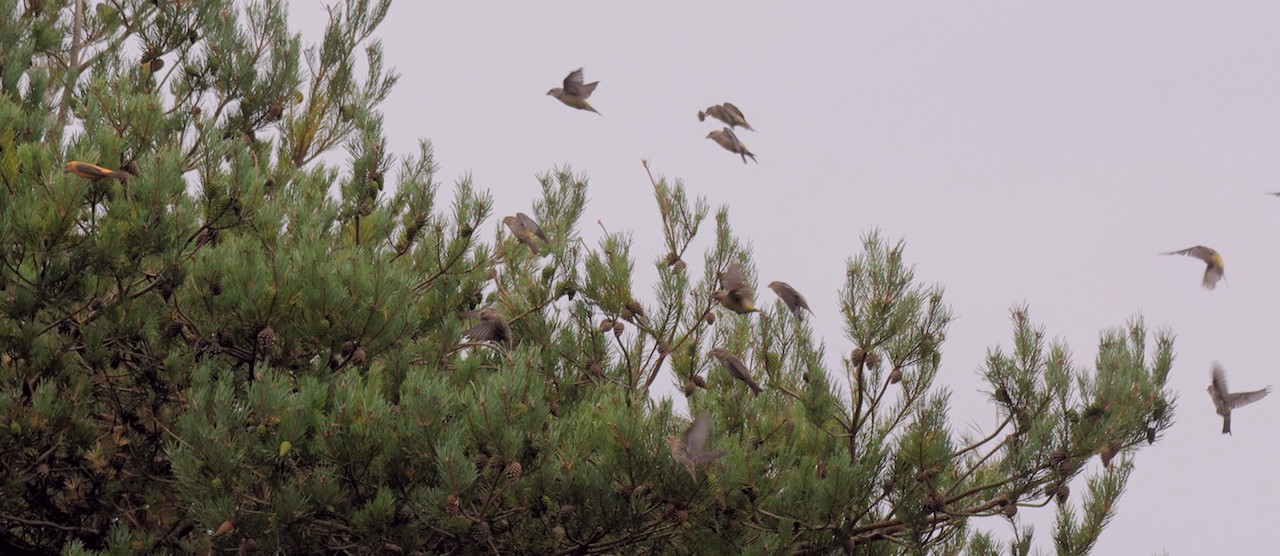
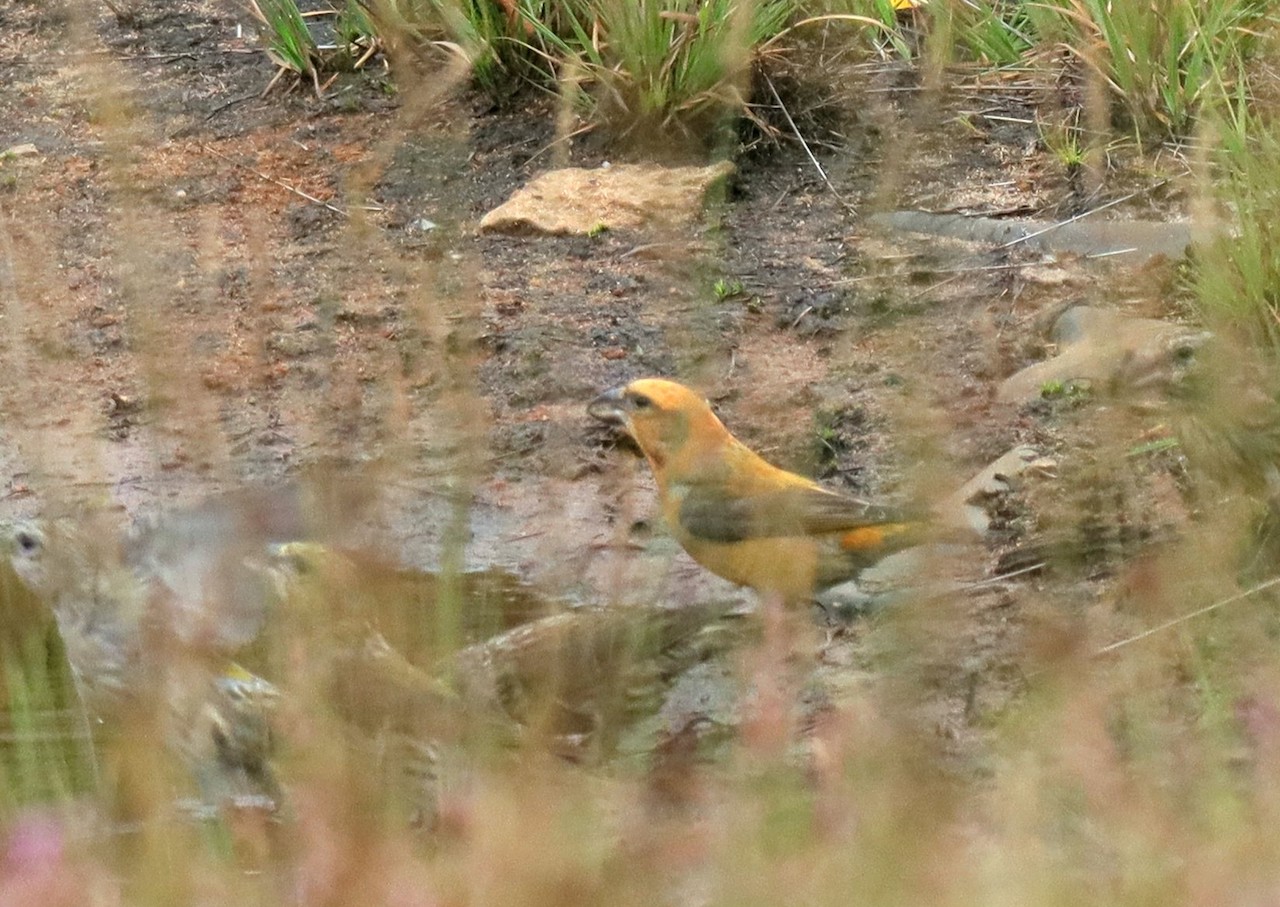
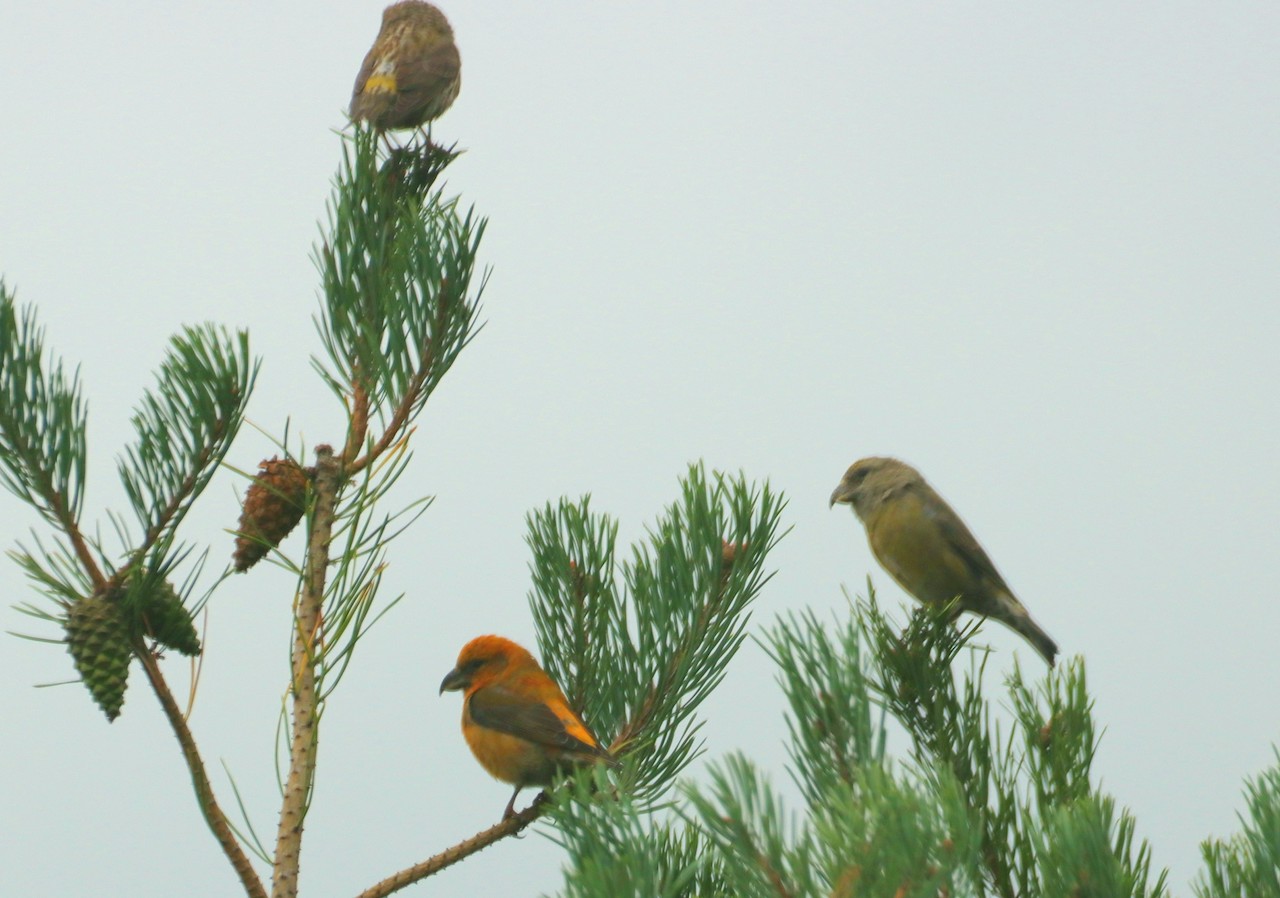








John Walter
September 12, 2020 at 6:13 pm
Thank you Malcolm for the great pictures of local recent sightings.
Today (September 12) whilst walking along Flexford Lane up towards the Hog’s Back we sighted a pair of red kite.
Beautiful to observe them hunting in the large field to the left of the track.